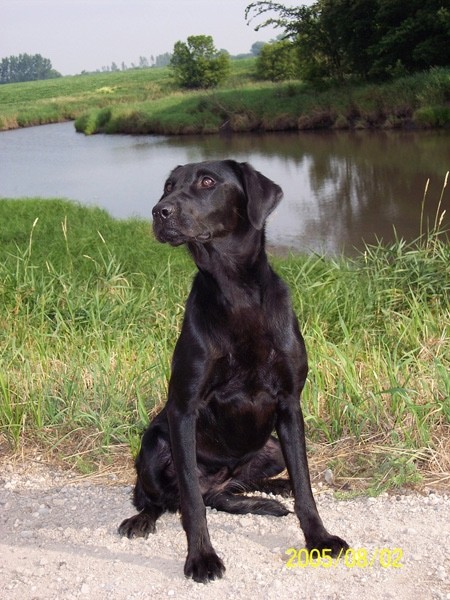Inevitably, the day will come when a hunter will have to put down his aging dog.
A gun dog’s life span is a short one—typically 10 to 14 years—compared with a house dog, which may live from 14 to 18 years. The difference is that a gun dog has the wear and tear of field work, but more important, they take some wear and tear in the environment in which they live.
Owners can extend their dogs’ life by providing them comfortable living facilities and keeping them in good physical condition.
The key is having a good environment to get them out of the climate condition we have here. I emphasize a well-insulated doghouse with a dog door and heated dry floor.
For my dogs, I install individual electric heating pads inside their doghouses. The industry has perfected heating pads that are real efficient.
Food and company
When their hunting companions get up in age, owners should keep their dogs’ weight in balance with their frame. An overweight dog has to work harder and the wear and tear on hips and shoulders takes its toll. These simple things can extend the life of a dog.
Even in old age, I continue to hunt my dogs right up until the end, working them only as hard as stress will allow.
An aging dog may be good for only a half a day, but you might as well give it to them as a courtesy. Mentally, that’s what the dog lives for. It’s important to me to give them the final hunts.
One thing an owner can do to elevate performance of an older dog is to work it with a new pup. You will be amazed how a pup will elevate the drive of an older dog. I tell guys when a dog is 8 or 9 years old, it’s time to work in a new one. I like to work in the pup to take some of the wear and tear off the older dog, not for the learning experience.
I emphasize training the pup as an individual, so it can develop its own style. If anything, the pup will pick up the older dog’s bad habits. We don’t need that to battle.
But no matter what an owner does, the dog’s biological clock eventually will stop. The hard part is when you do make the decision to part with the old guy. It’s awful. It’s like losing a family member.
It’s an individual choice as when to put down a dog. I do it when the dog loses control of its bladder and stool. A vet can help owners develop their own criteria.
When I finally make the decision the old dog is always cremated, and I leave the ashes at one of my favorite hunting spots to perpetuate the memories. Its kind of courtesy to them, too, putting them out of pain, putting them in a nice area.
But just like family members, a good gun dog may be gone, but not forgotten.
It’s fun to reflect on some of the dog’s great hunts. The 100-yard double mark mallard retrieve on a weed-choked slough: a quarter-mile blind retrieve from a stubble field goose pit; the triple mark on sharptails in a pasture; or the five-minute hunt for the wounded pheasant in a 6-foot tall cattail slough.
There are just too many incredible things to remember.
The great memories go on and on.
